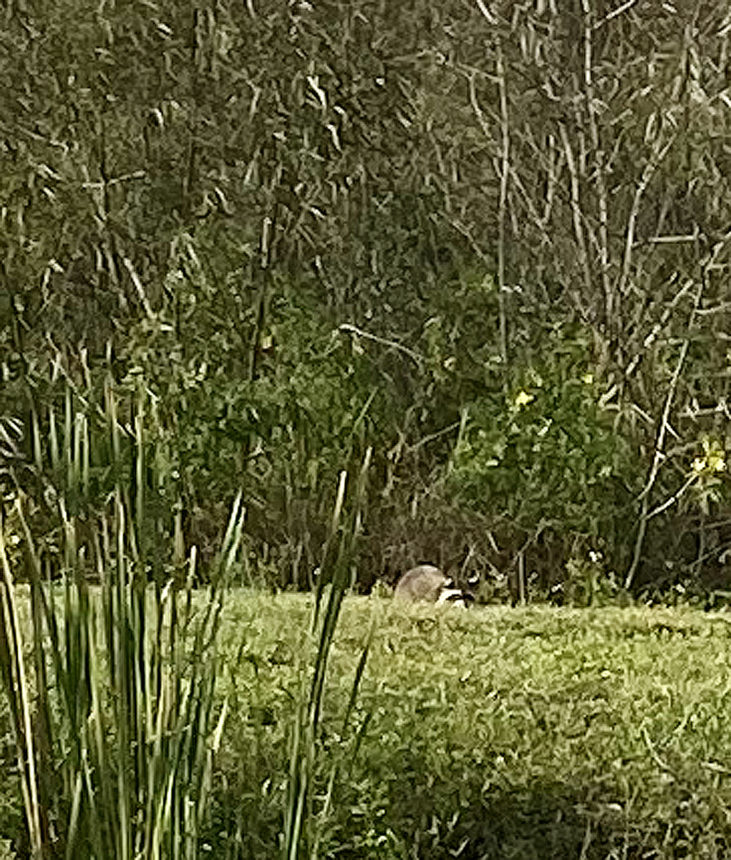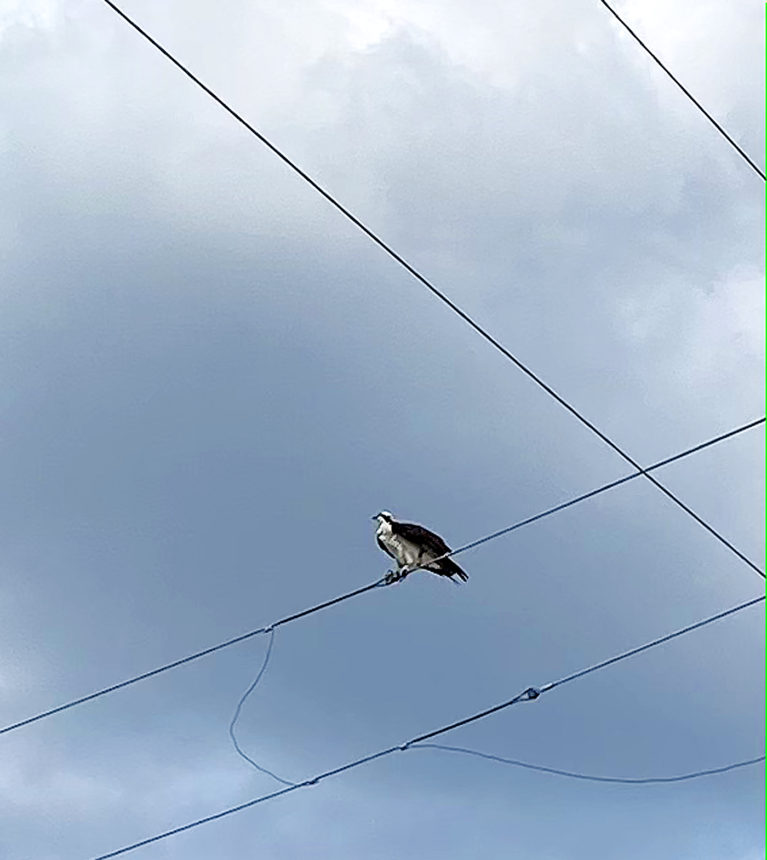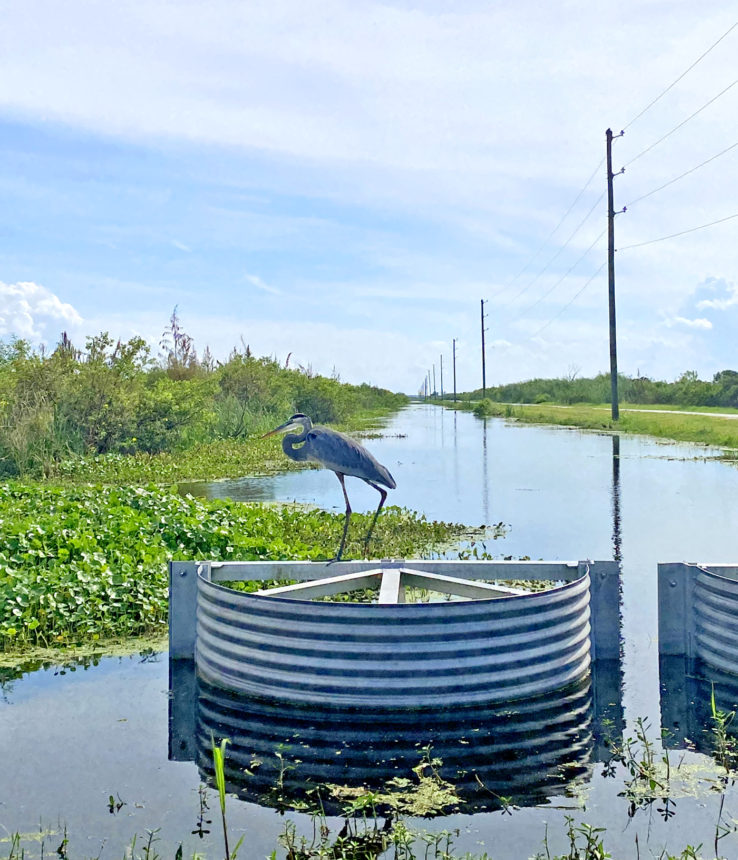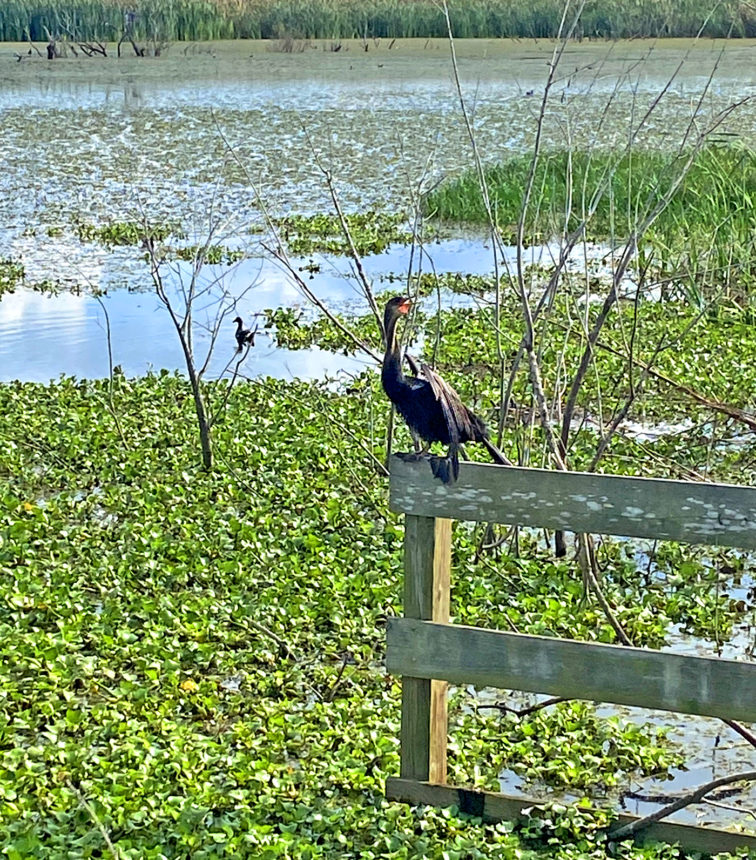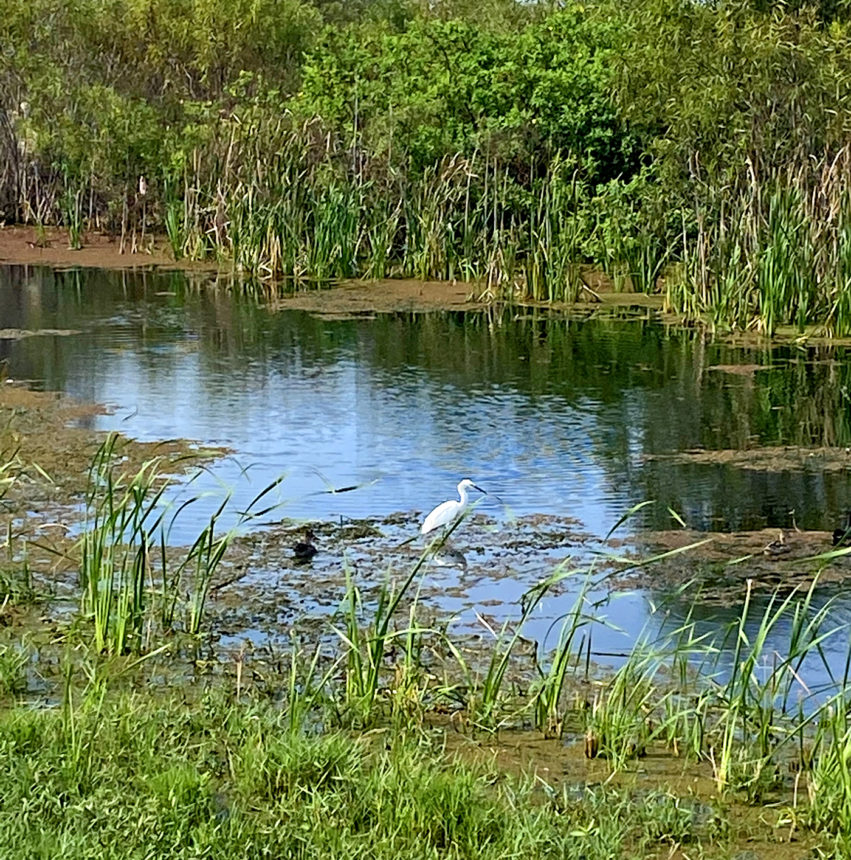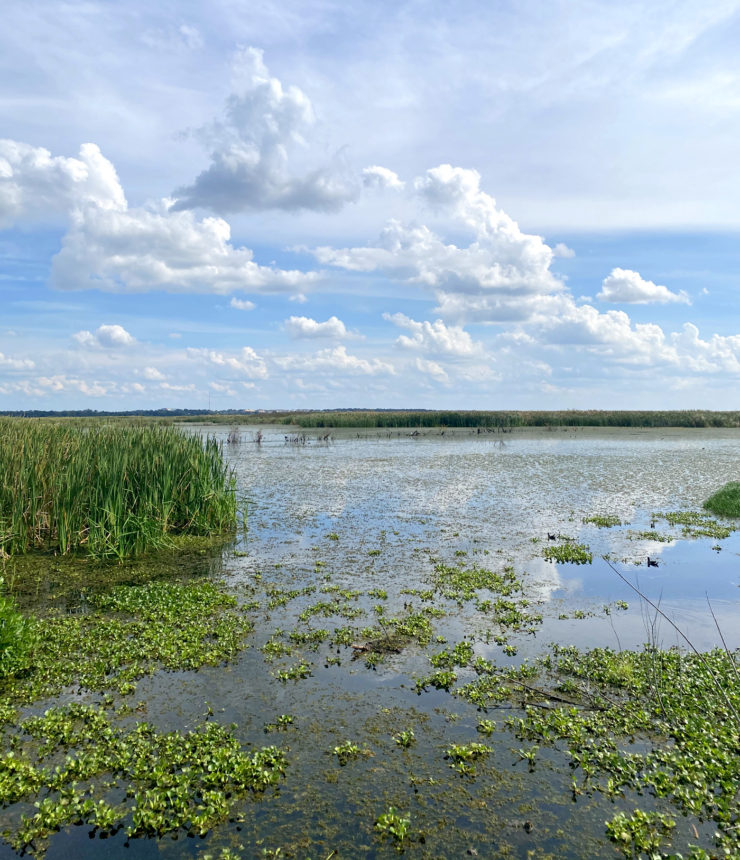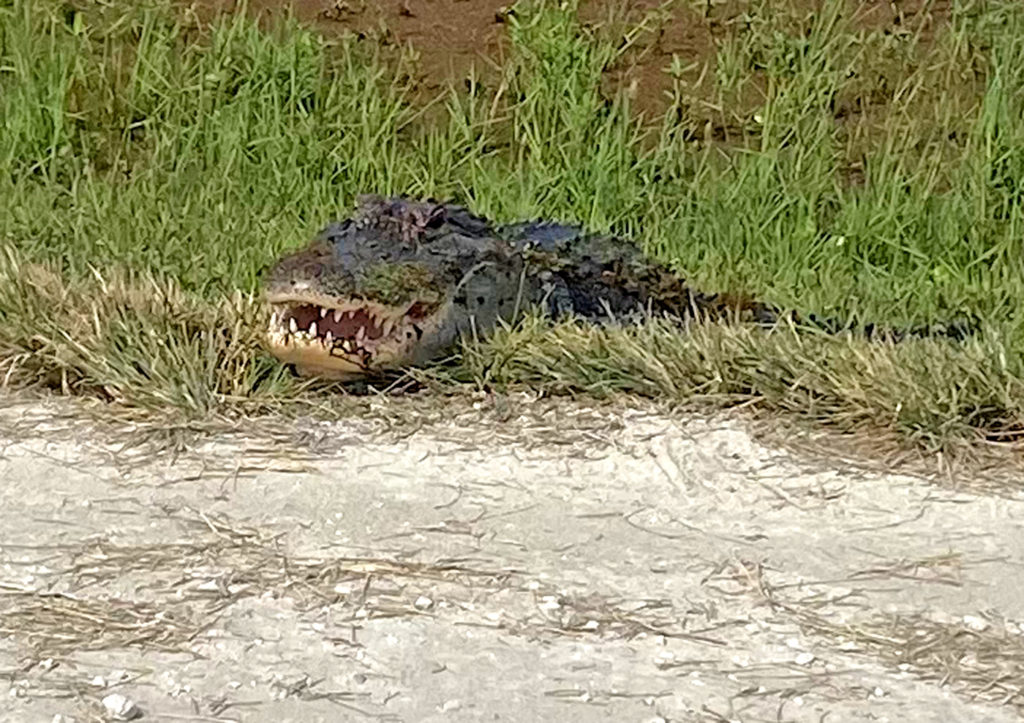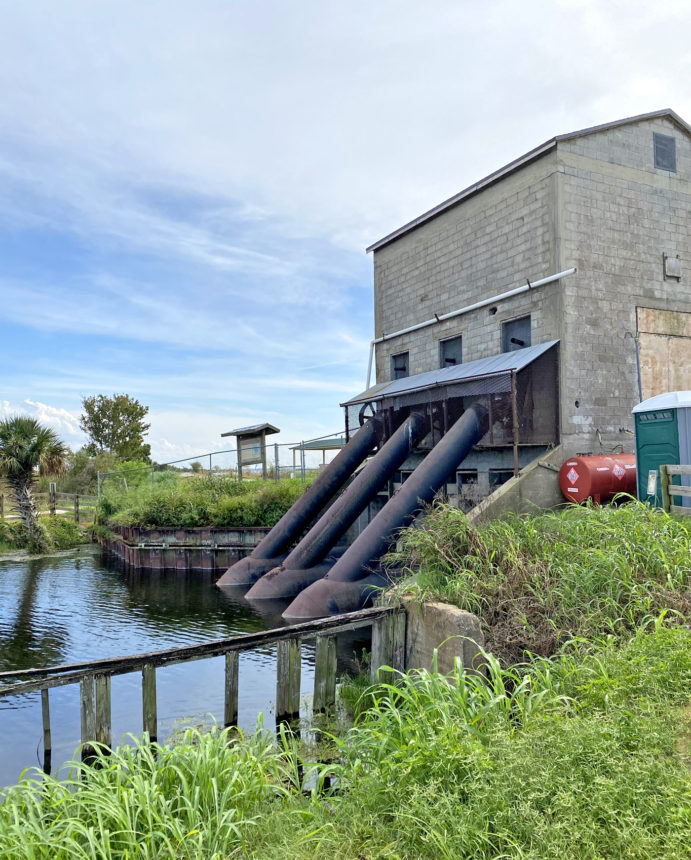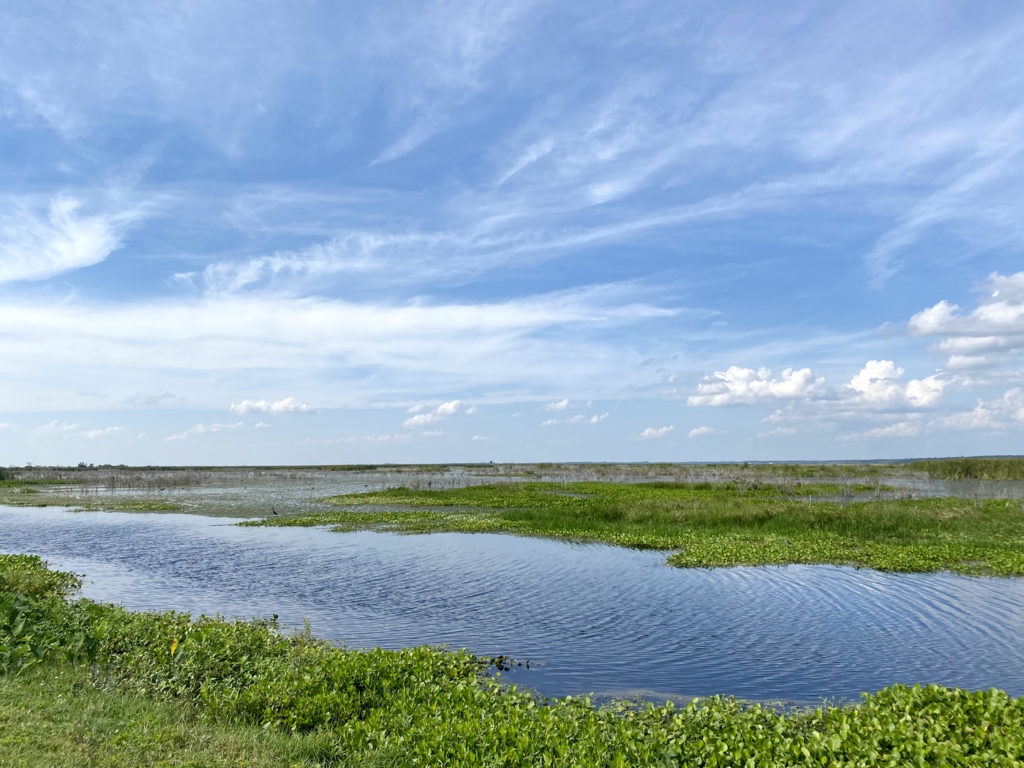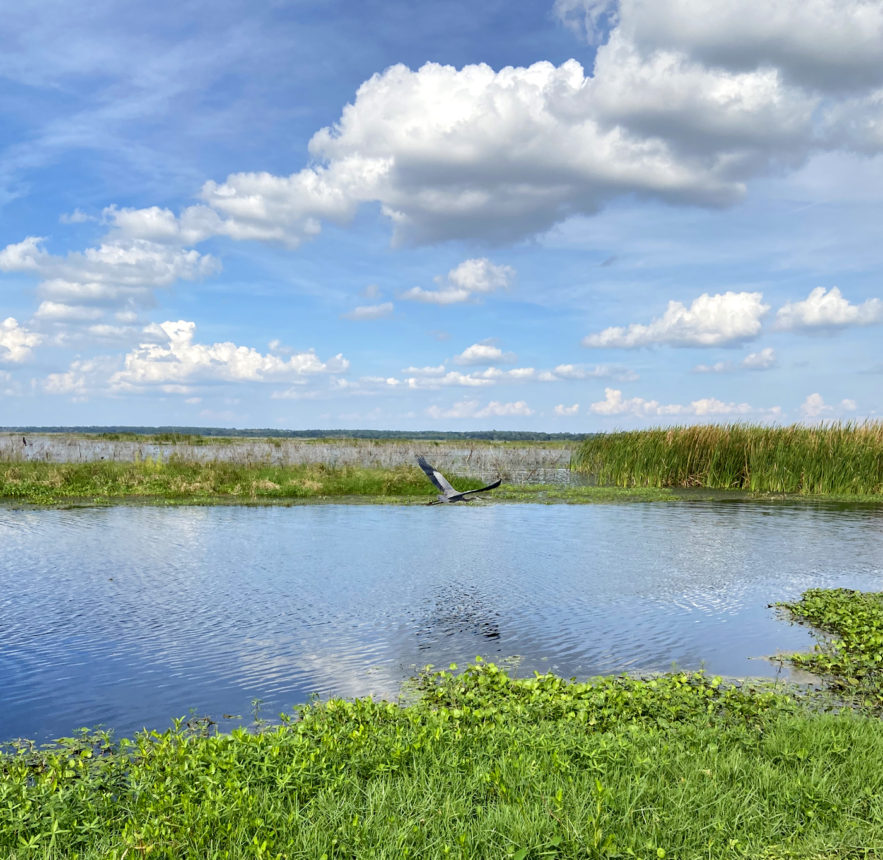Lake Apopka—-
Located in the middle of the state northwest of Orlando, Lake Apopka is the fourth largest lake in the State of Florida. In the 1940s, Lake Apopka was a famous fishing area with more than 15 fishing camps around its shores. The lake was once so clear that one could fish by sight alone. Pitifully, the lake lost its charm and fish population due to the pollution caused by pesticides poured in the lake for 50 years by vegetable farms located along the shore. The pollution of the lake did not only decrease the population of fish but also the number of birds and plants in the area.
The pesticides poured by farmers into the lake introduced a high amount of phosphorus and nitrogen into the water and soil of Lake Apopka. The phosphorus is particularly polluting because it spawns algae blooms that cover the surface and keeps solar light and nutrients from getting to the bottom of the lake, causing the fish and flora below to die.
In the late 1900s, the Florida State Government bought the farmlands in an effort to reverse the damages caused to the ecosystem of the lake. Because Lake Apopka flows through the Apopka-Beauclair Canal and into Lakes Beauclair and Dora, the pollution in this lake is not an issue that regards only the Lake Apopka community. Many agencies, including Friends of Lake Apopka St. Johns River Water Management District, have helped restore and protect the habitat around the area.
The restoring process began by removing bottom-feeding gizzard shad fish, a type of fish that feeds on phosphorus, and replacing them with 1.5 million bass. If the population of gizzard shad decreases, so does the amount of phosphorus in the water. Thousands of acres on the shore have been turned into natural water filters that allow water to flow in off the lake and come back out cleaner than when it entered. Through the end of 2019, the natural filters, or marsh flow-way, alone have removed 65,174 pounds of phosphorus, 130,617,645 pounds of suspended solids, and 2,312,493 pounds of nitrogen from the lake. The water that flows from the lake to the marsh flow-way is brought back to the lake by pumps. Replanting native wetland species of vegetation in the water along the lake’s shoreline has also helped restore fish and wildlife habitat.
As the habitat is restored, more and more wildlife will also linger in the area. A variety of birds have returned and Lake Apopka now has one of the greatest diversities of bird species in North America. Lake Apopka has a Loop Trail that follows the lake’s edge covering more than 20 miles available for hiking and biking. The North Shore property also has a trail suitable for hiking, biking, and horseback riding on Clay Island, with four observation towers.
Another special attraction of this property is the Lake Apopka Wildlife Drive. The drive is a one-way, 11-mile drive through the property. During the trip, you can spot different types of animals and plants. It begins at Lust Road and ends on Jones Avenue in Orange County, Florida. Dogs are allowed but must be leashed at all times. Stopping is limited to designated pull-outs provided along the length of the drive. Also, keep in mind that no drinking water is provided in the park.
Thanks to the restoration, bobcats, bald eagles, great blue herons, otters, and alligators can be regularly spotted, so visiting Lake Apopka is a great opportunity to get outside, explore, and discover.
Author: Steven Márquez
Photo credit: Steven Marquez
References:
Mangrum, Meghan. “Cautionary Tale: 20 years later, Lake Apopka is a 48-square-mile lesson in the importance of keeping pollution out of Florida’s waters in the first place.” Project Blue Ether.
St. Johns River Water Management District. “Lake Apopka North Shore.” SJRWMD.
St. Johns River Water Management District. “Aquatic plants tell us Lake Apopka’s water quality is improving.” SJRWMD.
Von Ancken, Erik. “How Lake Apopka went from Florida’s most polluted lake to the most promising.” Click Orlando. 24 August 2018.

